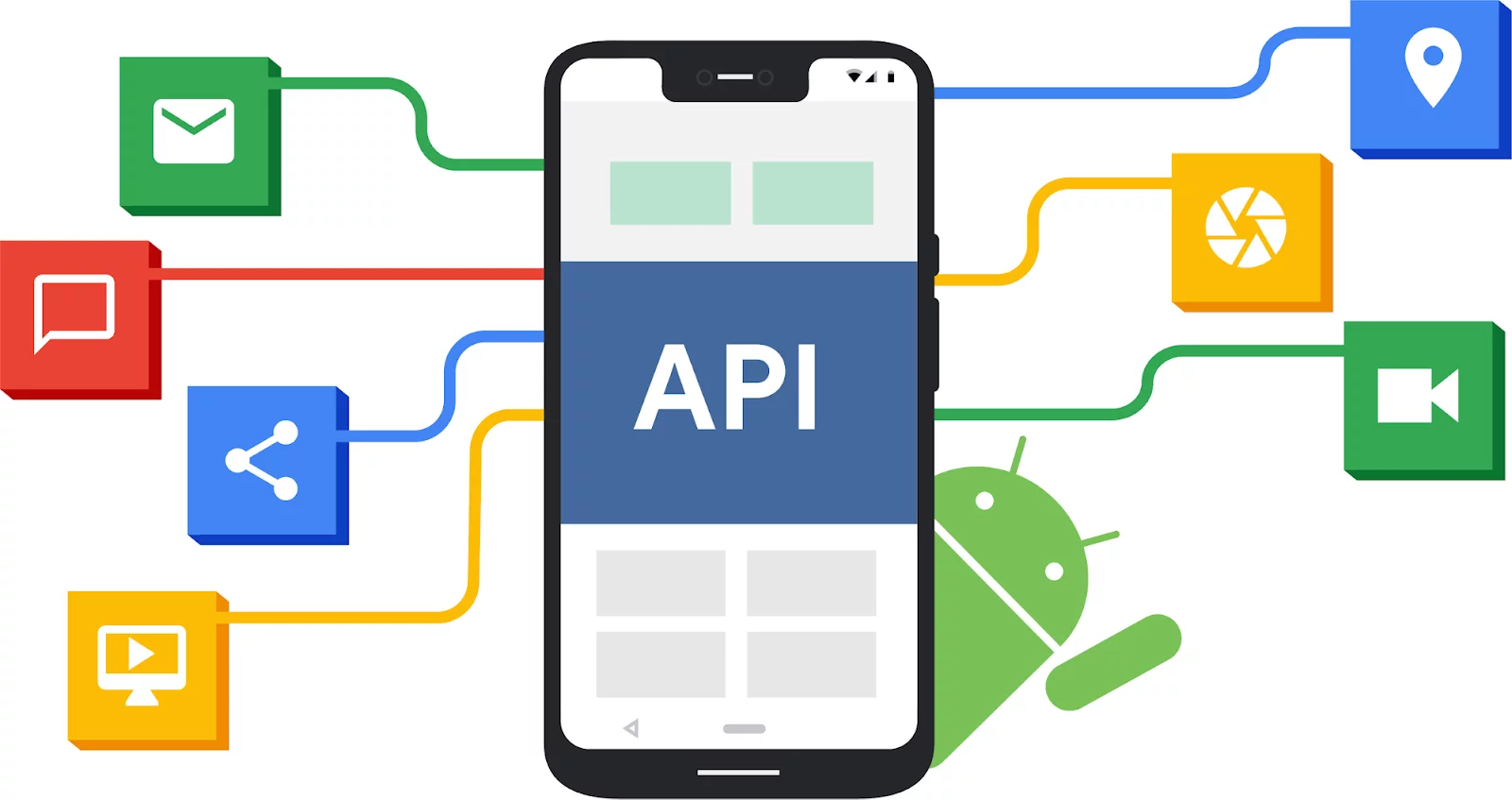When organizing our schedule, weather prediction is a helpful resource. But even with all of our knowledge about the atmosphere and technological advancements, it can be difficult to predict localized storms accurately. But with the aid of artificial intelligence and the creation of a new machine learning technique to enhance nowcasting, it appears that technology has a solution for us.
In machine learning, computers discover intricate patterns among millions of pieces of data in order to come to a conclusion or make a choice. By analyzing radar images, the use of artificial intelligence (AI) in this situation aims to create methods that let computers automatically learn about the development of storms and extreme rainfall.
APIs are the best approach to integrating AI into platforms. These interfaces incorporate an ongoing link with numerous meteorological data sources. They are intuitive and predictive thanks to AI, and they are always getting better at what they do. The crucial part is that they make it possible for external systems to rely on this real-time data. They even offer a lot of info on the global weather.
Weather forecasts are crucial for many different businesses, hence weather APIs are frequently utilized. They are essential to the creation of websites and applications. Additionally, as many of them are open source, they are adaptable and can be customized by developers to meet various demands, which makes them perfect for use in development.
Weather APIs: Why Are They Important?
APIs have unquestionably revolutionized the way we create websites and manage information across businesses. In a worldwide society, this is crucial for the growth of numerous industries. Numerous activities, including tourism, transportation, food harvesting, and public works, are influenced by the weather.
The Weather APIs enabled the integration of this data into digital platforms, reducing time wasted and enhancing the user experience for both employees and customers via websites or applications. If you were seeking an API with global coverage, you should check our Current Weather and Forecasted Weather API. There is many other weather APIs, and each one has unique information and coverage.
Best Weather APIs For Development Purposes
1- Current Weather and Forecasted Weather API
Current Weather and Forecasted Weather API has the best performance since it uses artificial intelligence. Additionally, because it supports the majority of computer languages, it is incredibly simple to integrate into another type of platform. A 5-day prediction will be available for consultation every three hours.
The amount of information that will be accessible to you will astonish you. You can search by city, zip code, or location and get information from any part of the world thanks to its global coverage. You will have access to data on a wide range of characteristics, including cloud cover, wind speed, and sea level, among several others. Try the Current Weather and Forecasted Weather API right away.
2- MeteoGroup
They take pride in their expertise in UK-specific and nautical meteorological and environmental data, providing four separate APIs: Radar Precipitation Forecast, Point Forecast, Point Observations, and Nautical API (Beta).
This API may be a fantastic fit if you’re looking for meteorological data targeting nautical verticals and clients in the UK.
3- WeatherStack
Staying in the UK, a UK firm that excels in SaaS, including Ipstack, Currencylayer, Invoicely, and Ever sign, developed The Weatherstack API. It provides real-time significant weather data, historical weather, foreign weather, and more.
It is primarily aimed at mobile applications and websites that want to integrate a live weather widget at quite a low cost. This API has broad support. It handles JSON and HTTP.





